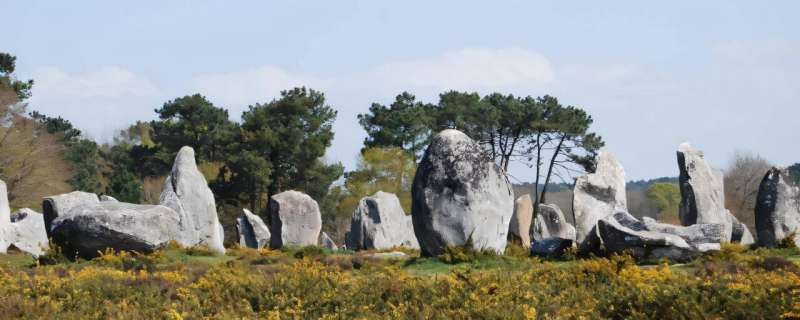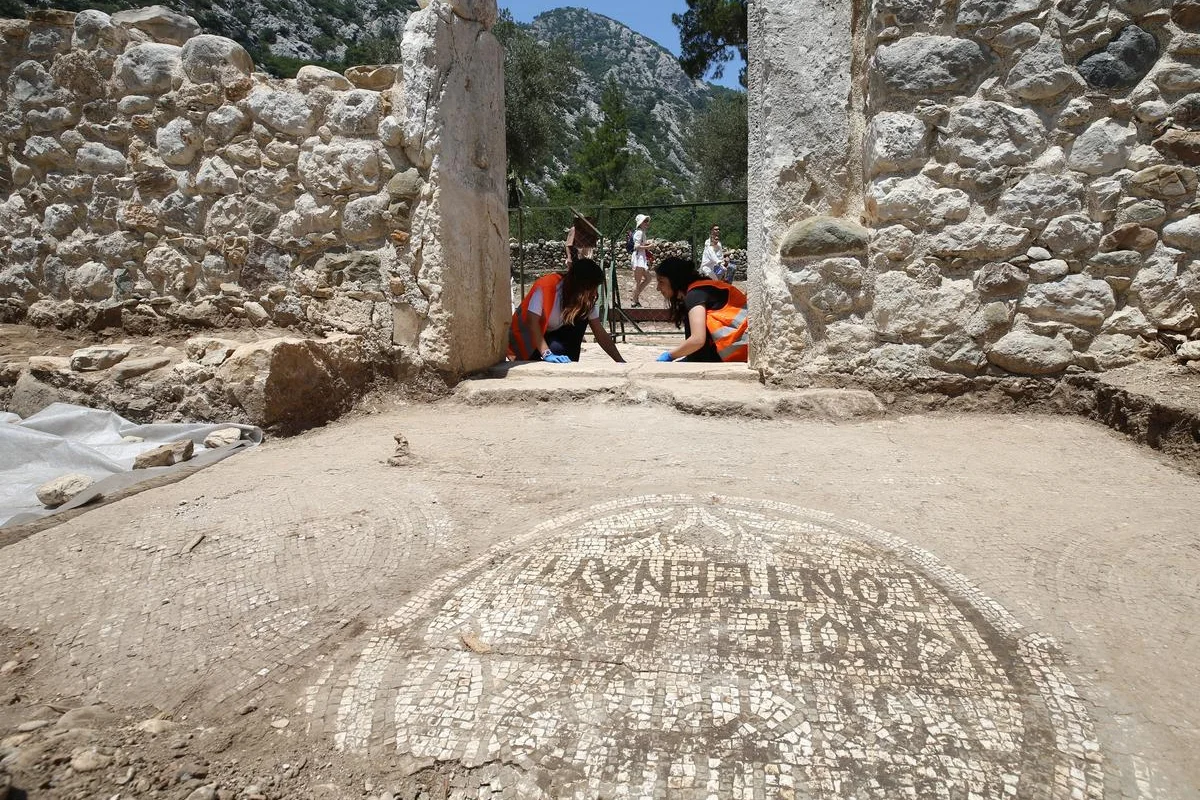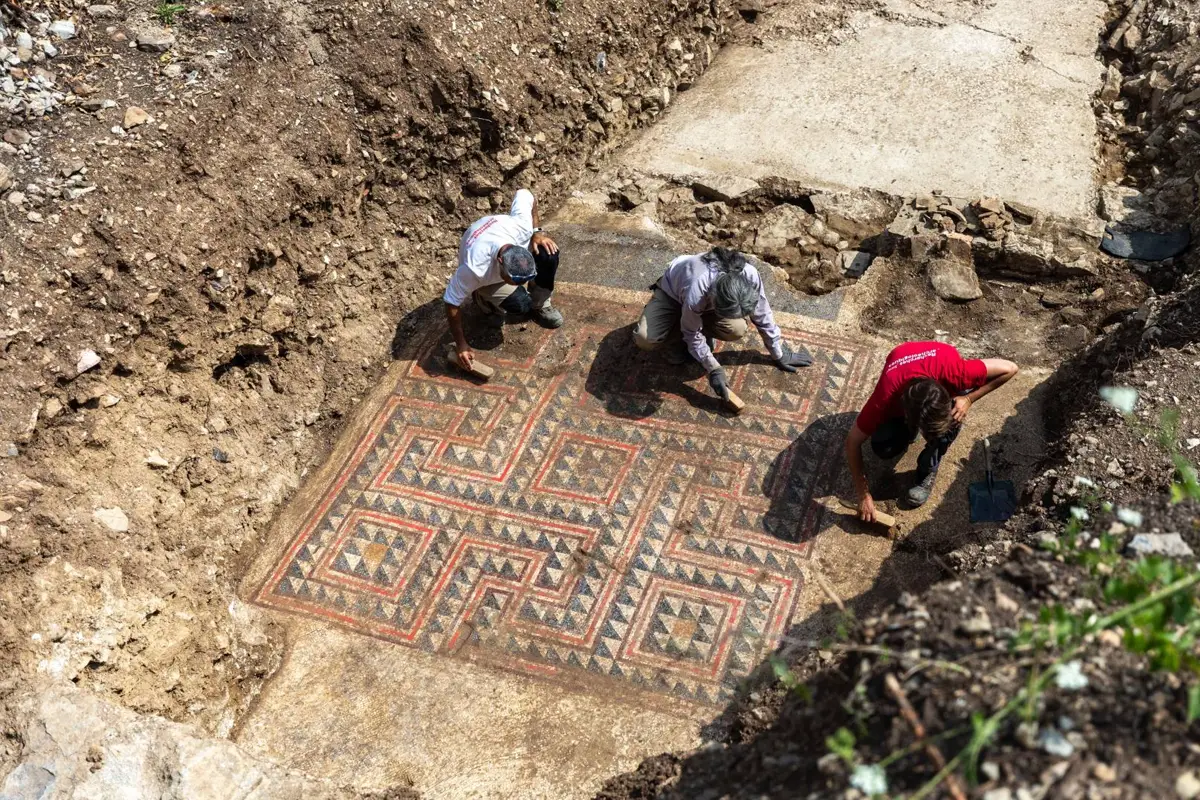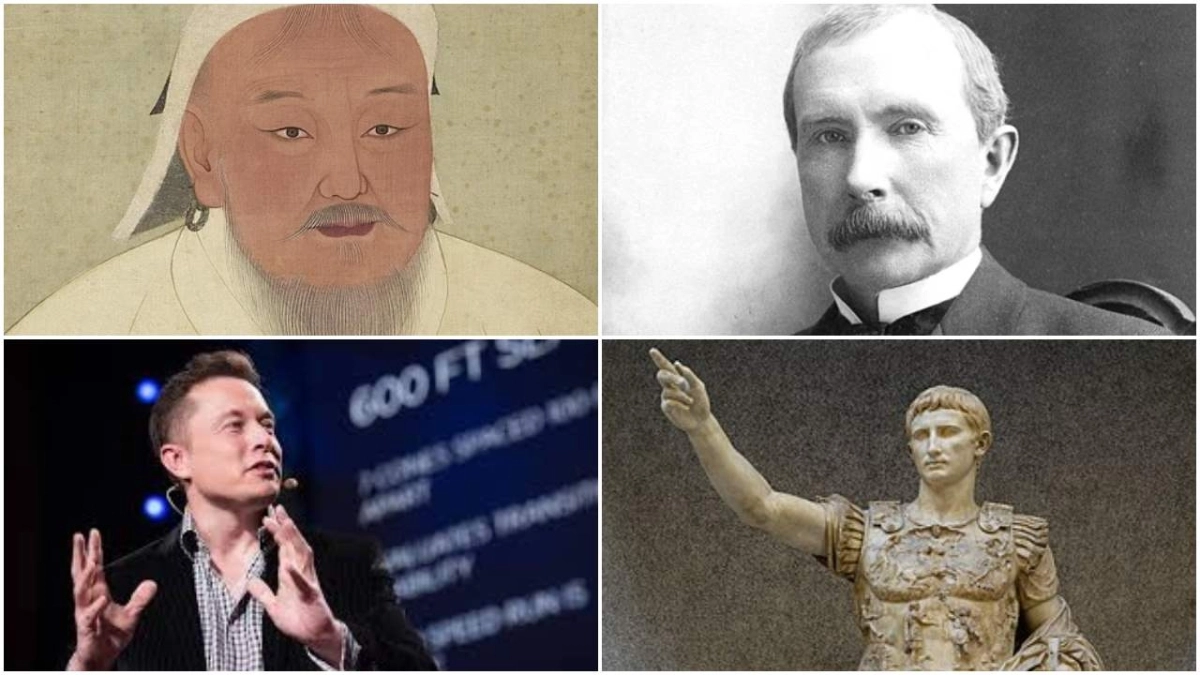The "Hunt" fresco from Tomb II at Vergina, Northern Greece, also known as the tomb of Philip II, has long been regarded as one of the most significant examples of ancient Greek art. Discovered in 1977, the fresco has attracted much scholarly attention, not only for its stunning depiction of a royal hunt but for the potential identification of one of its central figures as a youthful Alexander the Great. Scholars have debated whether this vibrant scene commemorates a specific historical moment, or rather, whether it is a symbolic representation of Macedonian royal ideals and heroism. This article delves into the evidence, both artistic and cultural, to assess whether the central figure in this fresco indeed represents Alexander the Great.
The Discovery of Tomb II and Its Significance
Tomb II, discovered in the ancient city of Aegae (modern Vergina), is traditionally identified as the resting place of Philip II, father of Alexander the Great. The tomb is richly decorated, featuring a facade with a monumental fresco that spans the length of the tomb's front. The fresco depicts a lively hunting scene with several figures, horses, and hunting dogs engaging in a chase of wild animals such as lions, boars, and deer.
GR06 1956 Royal Macedonian Tomb, Vergina
The tomb's discovery was a significant archaeological event, as it provided one of the few extant examples of large-scale painting from the Hellenistic period. More importantly, it shed light on the self-image and symbolism employed by the Macedonian royal family. The depiction of the hunt was not merely an artistic flourish but a carefully crafted image meant to convey the ideals of kingship, valor, and the heroic nature of the dynasty.
The Central Figure: Alexander or a Generic Hero?
At the heart of the debate surrounding this fresco is the identity of the figure wearing a purple tunic and diadem, who is placed prominently in the center of the scene. This individual, mounted on horseback and wielding a spear, has led many scholars to suggest that it is none other than Alexander the Great in his youth. His posture, regal attire, and central position within the composition all contribute to this hypothesis.
However, identifying the figure as Alexander is not without its complications. While the use of royal symbols such as the diadem suggests a figure of great importance, some scholars argue that the fresco represents a generalized heroic or royal figure rather than a specific individual. Hallie M. Franks, in her analysis of the frieze, posits that while the central figure may evoke the image of Alexander, the scene itself transcends historical specificity. Instead, it is rooted in a long-standing Macedonian tradition where royal hunts were emblematic of kingship, valor, and heroism.
Symbolism of the Royal Hunt in Macedonian Culture
The royal hunt was a deeply ingrained symbol in Macedonian culture, embodying both the physical prowess and heroic nature of the king and his dynasty. In this context, the fresco may not be meant to capture a specific event from Alexander's life but rather to evoke the timeless qualities of heroism and leadership that defined the Macedonian kings. Hunts in Greek and Near Eastern traditions often symbolized a rite of passage or an assertion of dominance, making them a fitting metaphor for the power of the royal family.
This interpretation aligns with ancient Macedonian ideals, where the king was viewed as both a warrior and a hero, not unlike the figures from Homeric epic. The image of the royal hunt, therefore, was a potent symbol of the ruler's strength, bravery, and connection to divine or heroic ancestors. By including the purple-clad figure at the center, the fresco connects the rulers of Macedonia to this heroic tradition, whether or not the figure is a direct portrait of Alexander.
Iconographic Analysis: Artistic Style and Influence
Artistically, the fresco draws on both Hellenic and Near Eastern influences. The attention to detail in the landscape, the dynamic movement of the animals, and the compositional balance are all indicative of a highly skilled artist working within the broader Greek tradition of naturalism. However, some elements, such as the depiction of the riders and their costumes, reflect Macedonian and possibly Eastern influences.
The central figure's attire—the purple tunic and diadem—is reminiscent of royal iconography that would later become synonymous with Alexander's imagery as king. This connection has led many to believe that this fresco was created during or shortly after Alexander's reign to honor the royal family, particularly Philip II, and to establish a visual continuity between father and son. The notion that the fresco depicts Alexander is further supported by the youthful appearance of the figure and the detailed attention to royal symbols.
Counterarguments: A Timeless Representation of Kingship
Despite the compelling visual evidence, some scholars argue against a direct identification of the figure as Alexander. Instead, they suggest that the fresco serves as an allegorical representation of Macedonian kingship, where the hunt symbolizes the heroic attributes of the monarchy as a whole. This view emphasizes the fresco's function as a timeless icon rather than a specific historical moment. According to this perspective, the central figure may be any member of the royal family, with the scene serving to promote the dynasty's legitimacy and heroic lineage. The hunt, in this interpretation, is less about a particular individual and more about what the activity represents—bravery, leadership, and the divine favor bestowed upon the Macedonian kings. Thus, while it is tempting to see Alexander in the central figure, it is equally plausible that the image was meant to be more symbolic and general in its representation of the royal family's ideals.
Conclusion: A Heroic Portrait, But Whose?
The fresco from Tomb II at Vergina remains one of the most important artistic treasures of the ancient Macedonian world. Its rich symbolism and complex imagery offer a window into the ideals and self-image of the royal family. Whether or not the central figure truly depicts Alexander the Great remains an open question. The regal attire, prominent position, and youthful appearance all point toward Alexander, but the broader cultural context of the fresco suggests that it may also be a more generalized representation of Macedonian kingship.
In the end, the fresco serves as a powerful visual statement about the heroic nature of the Macedonian dynasty, regardless of whether the central figure is meant to be a historical portrait of Alexander or a symbolic representation of royal ideals. What is clear, however, is that the hunt was a key part of the Macedonian conception of kingship, and this fresco enshrines that ideal in a dramatic and visually arresting manner. The fresco’s beauty and historical significance continue to captivate scholars and art enthusiasts alike, preserving the heroic aura of Macedonia's royal house for future generations to ponder.










